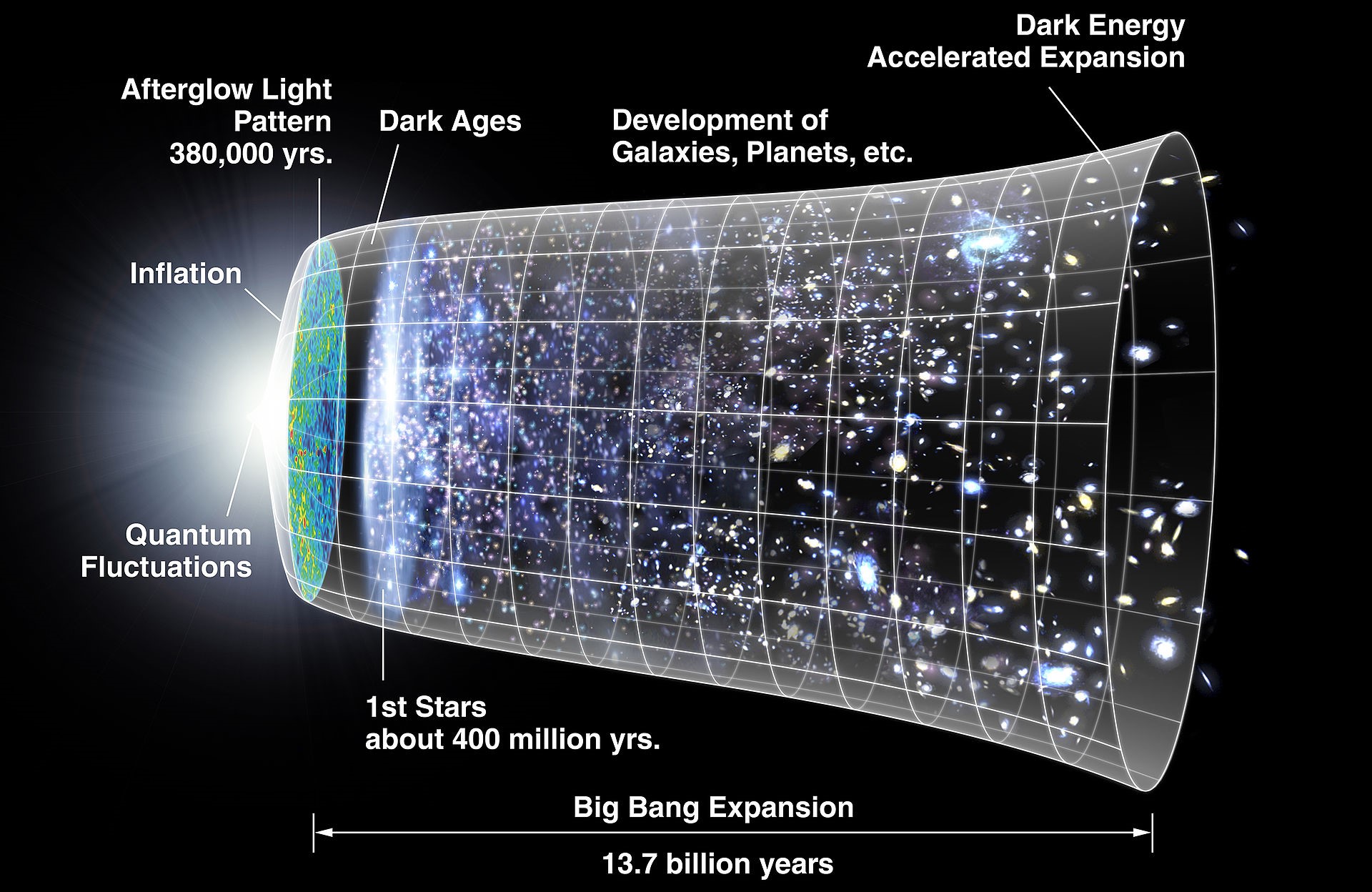
By Brian Santo, contributing writer
While the Big Bang theory provides a pretty good general timeline of the universe, some of the particulars are still metaphorically opaque, just as the universe was physically opaque for about a billion years. Which leads to one of the biggest questions about the development of the universe: Given that the universe started out dark, how did light show up? A possible answer is that the first light in the universe was flung off by black holes, an explanation that would have made about zero sense last week, but this week, we’ve been presented with evidence that it might be possible.
In a paper with a title that provides precisely zero clues to its import (“Resolving the X-ray emission from the Lyman-continuum emitting galaxy Tol 1247-232”), astrophysicists using the Chandra X-Ray Observatory describe having observed emissions that wax and wane from a distant galaxy designated Tol 1247-232.
Stars do not vary in brilliance, so the sources of the emissions must be something other than stars. “To change in brightness, you have to be a small object, and that really narrows it down to a black hole,” Philip Kaaret, one of the paper’s authors and a professor at the University of Iowa, told the website Phys.org.
The common understanding of black holes, held by a lot of people who once read a book review of Stephen Hawking’s “A Brief History of Time,” is that black holes are so massive that nothing — not even light — can escape their colossal gravity.
Physicists have been wondering if that’s true, and they’ve been looking for evidence that it might not be. The conjecture is that some black holes might spin so fast that they generate sufficient force to eject photons out of their gravity wells.
If photons can escape from black holes, then it is possible that black holes might be the universe’s first light bulbs, so to speak.
Kaaret and his associates have gathered what may be some of the first observed evidence of that happening.
Once upon a time — actually, once before time — there was probably a bunch of something that probably collapsed into a globule of some sort that scientists believe was roughly the size of a citrus fruit (they disagree about precise size and, therefore, which citrus fruit — might’ve been a lime, might’ve been a pomelo) that subsequently exploded — this is the Big Bang.
According to the prevailing model of the universe, during the first 100 million years or so following the Big Bang (the concept of time has obviously kicked in), the quarks and gluons that comprised everything were so superheated that they couldn’t coalesce into even protons and neutrons, let alone atoms, which, as a practical matter (pun intended), meant that the universe was dark.
Somewhere between 100 million years and 1 billion years along, the universe cooled enough for matter to form. That probably included stars and black holes, but the universe was still dark despite all the stars.
During this time, at the atomic level, the universe had hydrogen. Remember the “Lyman continuum” in the title of the paper? When photons are above a certain energy level, hydrogen absorbs all wavelengths of light. For the first few hundred million years of the universe, photons were above this energy limit (13.6 eV) — the Lyman limit .
The Lyman continuum is the set of wavelengths that are visible when hydrogen interacts with photons at energies below the Lyman limit, and this is what Kaaret et al believe that they have observed emanating from two different somethings so small and variable that they are probably black holes in a galaxy 600 million light years away.
Once the universe developed black holes, it may have been some of those black holes that were the source of the first actual light.
The paper is so dense with jargon that it may be impenetrable to anyone who doesn’t speak astrophysics-ese, but the authors are clearly trying not to over-reach with observations that probably should be verified. “It is not possible to draw robust conclusions from a sample of two objects,” says the paper. But if the observation is repeated, the authors may have helped solve one of the mysteries of the universe.
Source: Resolving the X-ray emission from the Lyman-continuum emitting galaxy Tol 1247-232
Image source: Wikipedia via NASA
Advertisement
Learn more about Electronic Products Magazine





